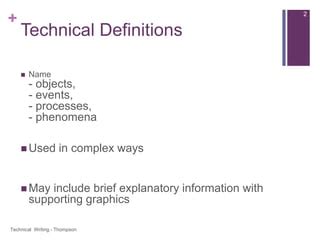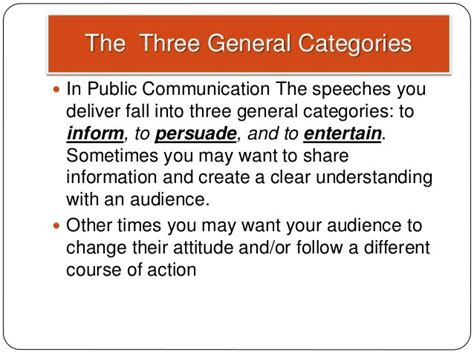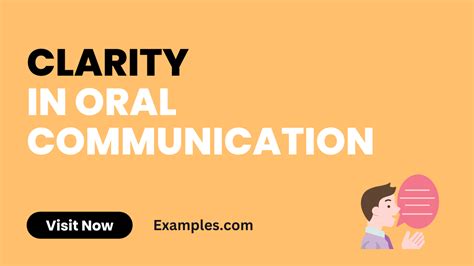The Double-Edged Sword of Jargon
Technical jargon is an inescapable element of specialized fields, offering precision, conciseness, and a shared vocabulary among experts. Within a specific domain, terms like “paradigm shift,” “API endpoint,” or “quantum entanglement” convey complex ideas efficiently, allowing for faster and more accurate communication. It acts as a shorthand, eliminating the need for lengthy explanations and ensuring that nuances are understood without ambiguity.
However, this very efficiency can become a significant barrier when communication extends beyond the immediate expert circle. For those outside the field, such terms can be bewildering, creating a sense of exclusion and obscuring the message rather than clarifying it. The challenge for any communicator, therefore, lies in discerning when to wield this specialized language and when to set it aside for broader understanding.
Knowing Your Audience: The Golden Rule
The fundamental determinant of jargon’s appropriateness is the audience. Before crafting any message, it is crucial to accurately assess who you are speaking to. Are they fellow subject matter experts, colleagues from related but different disciplines, stakeholders with a vested interest but limited technical knowledge, or the general public?
A deep understanding of your audience’s existing knowledge base, their expectations, and their capacity to absorb new information is paramount. Communication tailored to a group of aerospace engineers will naturally differ vastly from a presentation given to potential investors or an article written for a general science magazine.

When Jargon Enhances Clarity (and Why)
Jargon truly enhances clarity in specific scenarios:
- Expert-to-Expert Communication: Among specialists, jargon is not just appropriate; it’s often essential for precision and efficiency. Using common, agreed-upon terms ensures that complex ideas are communicated without misinterpretation and allows for rapid information exchange.
- Introducing New, Indispensable Concepts: Sometimes, a technical term is the most accurate and succinct way to refer to a new concept or process that has no simple lay equivalent. In such cases, the jargon can be introduced, but it must be immediately followed by a clear, concise definition or explanation. The goal here is to educate the audience, not to impress them with obscure words.
- Avoiding Ambiguity: In fields where precise distinctions are critical (e.g., law, medicine, engineering specifications), jargon can prevent misinterpretation that could have serious consequences. A legal term like “stare decisis” has a specific meaning that a general phrase might fail to capture accurately.
Strategies for Effective Jargon Use (When Appropriate)
When you’ve determined that a certain level of technical language is necessary for your audience, here are strategies to ensure it still contributes to clarity:
- Define on First Use: Always define technical terms the first time they appear, especially if there’s any doubt about your audience’s familiarity. This can be done parenthetically, in a footnote, or within the flow of the text.
- Provide Context: Don’t just define; explain why the term is important in the current context. How does it relate to the broader discussion?
- Use Analogies and Examples: Relate complex technical concepts to more familiar everyday experiences through analogies or concrete examples.
- Limit Density: Even for expert audiences, avoid saturating your text with too much jargon. Break up complex explanations with simpler language or illustrative examples to maintain readability.
- Offer a Glossary: For lengthy technical documents, a glossary of terms can be an invaluable resource.

When to Strictly Avoid Jargon
There are clear instances where jargon should be meticulously avoided:
- General Public Communication: When addressing a broad audience, such as in marketing materials, public service announcements, or general news articles, simplicity and accessibility are paramount. Technical terms will alienate and confuse.
- Initial Onboarding or Introductions: When introducing a new topic or concept to novices, prioritize foundational understanding over technical precision. Build up to more complex terminology gradually.
- Persuasive Communication: If your goal is to persuade or influence, using jargon can make you seem unapproachable or elitist, undermining your message. Empathy and clear, relatable language are far more effective.
- Clarity Over Conciseness: In situations where absolute clarity and broad understanding are more important than brevity (e.g., safety instructions, legal disclosures for consumers), opt for plain language, even if it means using more words.

The Continuum of Understanding
It’s important to remember that jargon isn’t an all-or-nothing proposition; it exists on a continuum. The ideal approach often involves a strategic blend: using a necessary technical term while immediately clarifying it for a slightly less expert audience, or simplifying entirely for a lay audience. The key is to consciously make these choices, rather than defaulting to the language you’re most comfortable with.
Consider the purpose of your communication. Are you trying to inform, instruct, persuade, or collaborate? Each purpose might necessitate a different level of technicality. For instance, a user manual might need some technical terms but with clear definitions, while an executive summary should aim for minimal jargon to ensure high-level understanding.

Conclusion
Ultimately, the appropriateness of technical jargon hinges on a single principle: serving audience clarity. When used judiciously and with a deep understanding of your readers or listeners, technical terms can be powerful tools for precise and efficient communication. However, when deployed without consideration for the audience’s knowledge, jargon becomes a barrier, obscuring meaning and undermining the very goal of communication. Mastering this balance is a hallmark of effective professional writing and a crucial skill for anyone operating in a specialized field.





